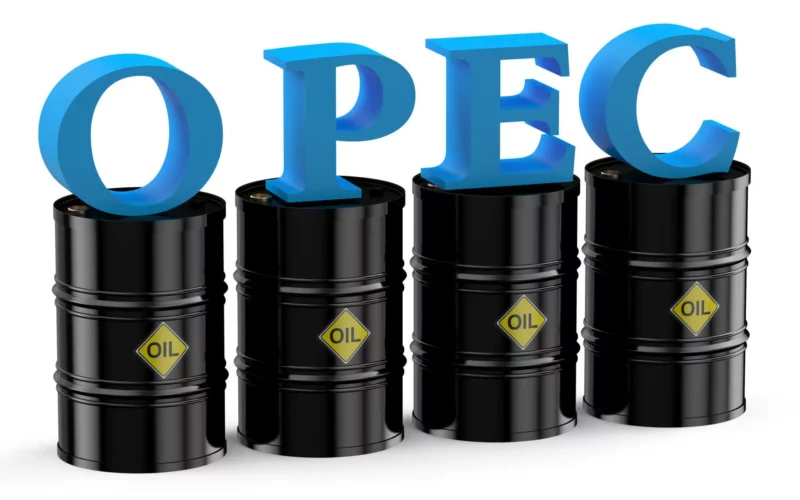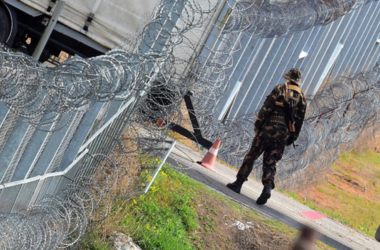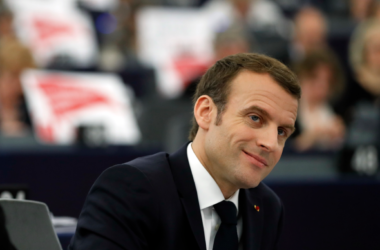Major producers, including Saudi Arabia and Russia, are set to gather virtually on Sunday. They are expected to maintain production cuts amid signs of a softening market.
When officials from many of the world’s largest oil-producing countries meet on Sunday, their options for managing the market appear limited. Over the past two years, the group known as OPEC Plus has agreed to a series of cuts to oil output. Initially, these trims were assumed to be temporary, but they have started to seem more permanent as prices remain relatively subdued. Analysts suggest that any relaxation of cuts could further depress prices in an already soft market.
This situation is particularly frustrating for oil producers like Iraq and the United Arab Emirates, which could pump additional crude to support their budgets. “That’s where the discomfort for some members comes,” said Richard Bronze, head of geopolitics at Energy Aspects, a research firm. “How do we get out of this cycle?”
Mr. Bronze believes OPEC Plus will likely agree on Sunday to extend voluntary cuts of 2.2 million barrels a day by eight of its members, including Saudi Arabia and Russia. Saudi Arabia’s oil minister, Prince Abdulaziz bin Salman, who is expected to lead the meeting, is known for unexpected decisions, so other outcomes are possible.
These cuts, originally set to run through June, add to earlier agreed reductions. The complex, multilayered measures, designed to satisfy diverse interests, have become difficult even for close market watchers to follow. “Everyone just loses track,” Mr. Bronze noted.
Since the recovery from the pandemic, significant growth in output from countries outside of OPEC Plus, such as the United States, Guyana, Brazil, and Canada, has prompted producers like Saudi Arabia to limit supplies to maintain prices. Meanwhile, demand has not increased enough to absorb these supplies.
Currently, Saudi Arabia is producing about nine million barrels a day, roughly 1.5 million barrels a day below 2022 levels and about three million barrels a day below their capacity. Saudi officials announced this year that they would halt efforts to increase production capacity, deeming it pointless to spend billions if OPEC Plus agreements and other factors prevent them from selling additional oil.
In the latest indication of a weak market, prices fell after tit-for-tat attacks by Israel and Iran did not disrupt oil supplies. Prices recovered modestly in anticipation of the OPEC Plus meeting, and analysts expect increased demand from summer travel in the Northern Hemisphere to temporarily support prices.
Despite these challenges, OPEC Plus members have stuck together, likely fearing that going their separate ways could lead to a steep drop in oil prices and revenues. However, signs of unease within the cartel are evident: Angola left OPEC in December, citing national interest; the UAE and Iraq have been pumping substantially above their agreed levels; and Iraq’s oil minister stated in May that the country would not agree to any new cuts, although he later expressed a desire to cooperate with the group.
Over the long term, investors are betting on lower oil prices. For instance, the futures contract for Brent crude, the international benchmark, for delivery in December 2027 is selling for around $72 a barrel, compared to about $82 for delivery this July.
Gary Ross, a veteran oil analyst and current CEO of Black Gold Investors, a trading firm, pointed to the increasing number of vehicles powered by electricity, natural gas, and fuels derived from vegetable oils as reasons investors might be hesitant about oil. “There’s a lot of things to worry about,” Mr. Ross said. “That’s partly why the back end of the market is selling for so much less than the current price,” he added.








